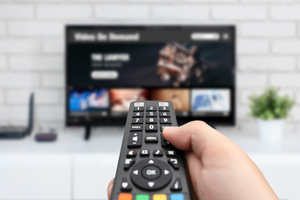It was early 2020 when Google first announced plans to deprecate third-party cookies in its Chrome browser. Now, several years and numerous delays later, those once-distant plans are coming to fruition: Cookies were turned off for 1% of users as of early 2024, and they appear set to be deprecated for all users by the end of the year.
Google is by no means early to the party when it comes to taking a stance against the legacy identifier, considering that Mozilla's Firefox started limiting cookies back in 2013 and Apple's Safari followed suit in 2017. But given that Chrome currently accounts for more than 66% of the global browser share, Google's move will have the biggest impact on advertisers.
In the years since Google's initial announcement, the digital advertising industry has been aflutter with conversations around alternative targeting solutions for a cookieless world-from contextual targeting, to geotargeting and location-based targeting, to collecting and maximizing first-party data, to tools like Google's Privacy Sandbox.
But targeting isn't the only thing that will be transformed by cookie deprecation. A recent survey found there are two key challenges that are top-of-mind for advertising professionals as we head into a cookieless world: Targeting and measurement/attribution. As the digital advertising industry stands on the precipice of cookie loss, the conversation is expanding to include more comprehensive solutions around not only targeting, but measurement as well.





